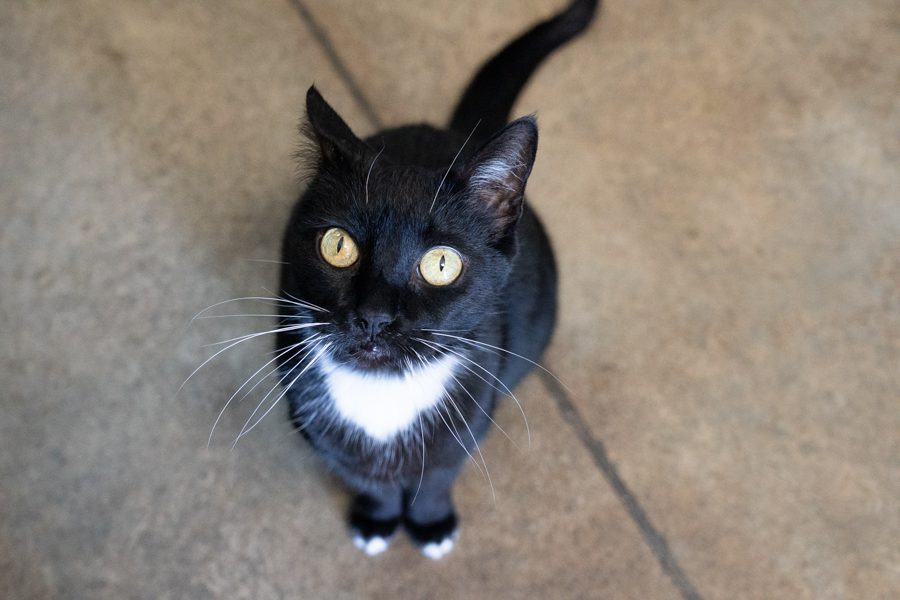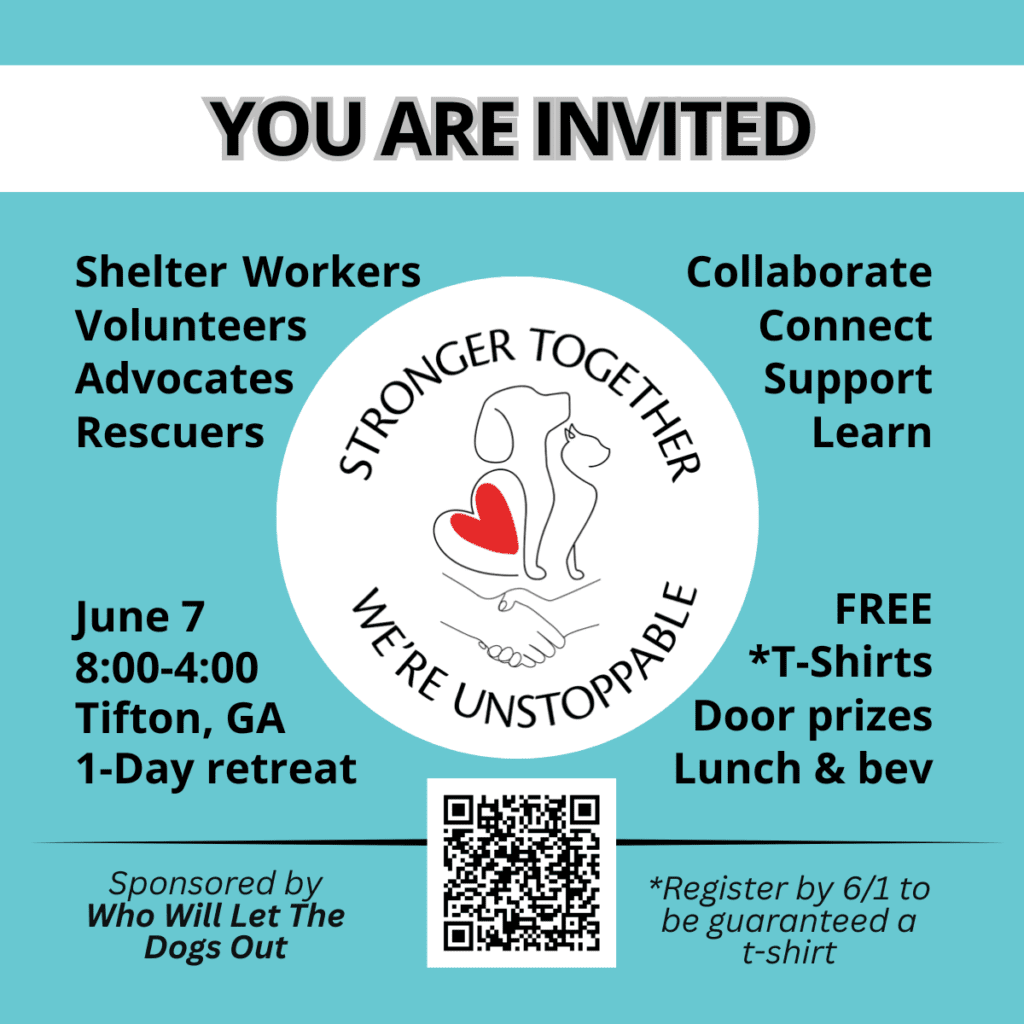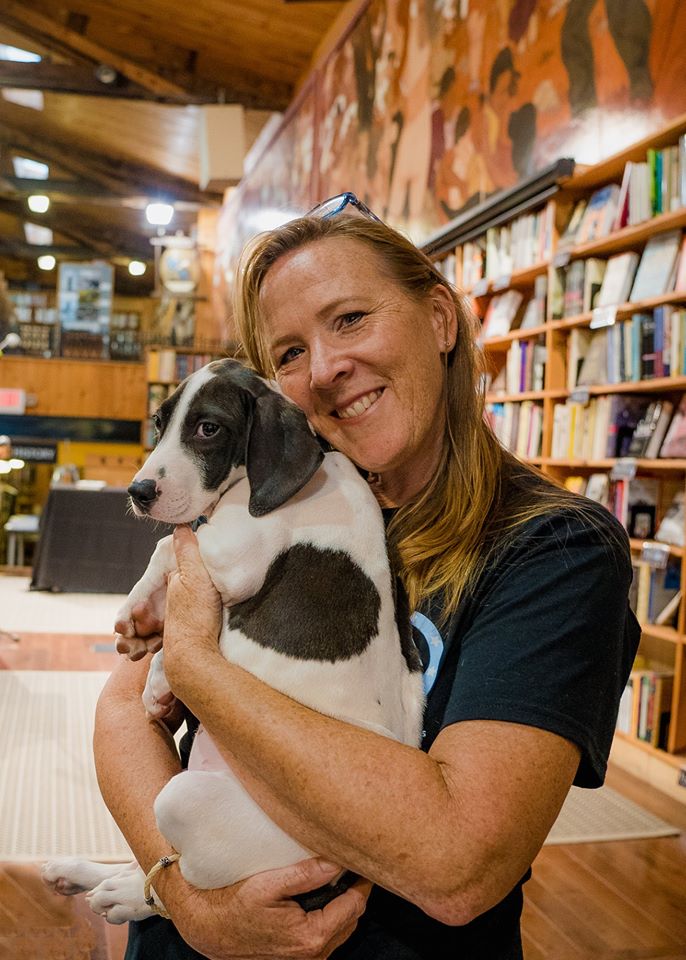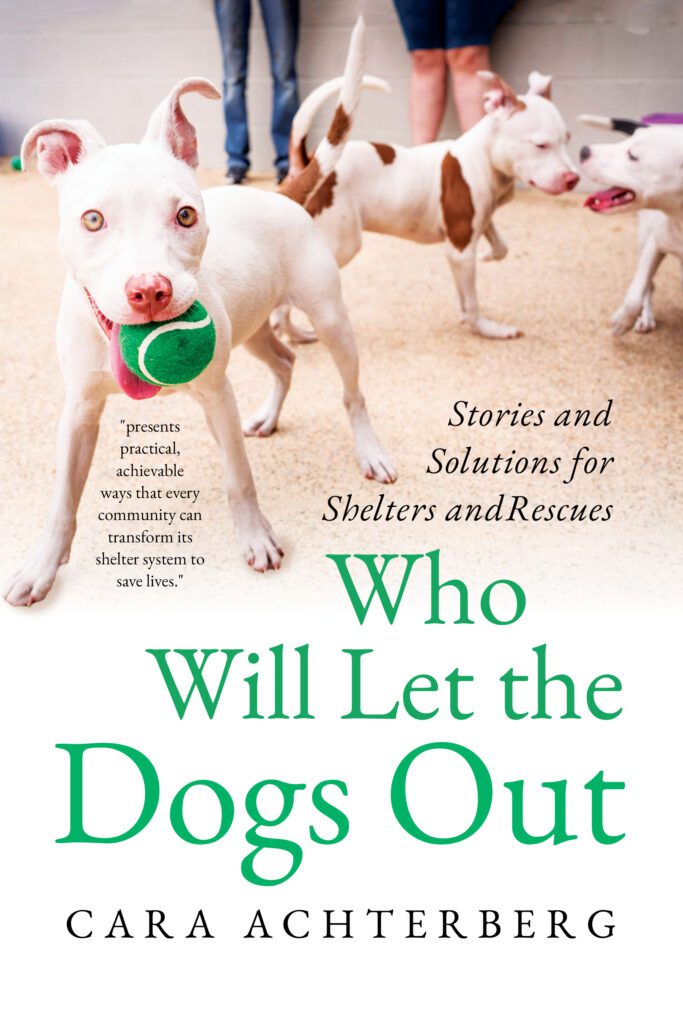Our first shelter visit in Georgia was at Murray County, Georgia Animal Shelter. It was a gorgeous day in North Georgia, and when we arrived, Julie (director/ACO) and Torie (ACO) were outside with Reece, a gentle and gorgeous German Shepherd. Reece has been at the shelter for three weeks and is their longest stay dog, which should tell you something about this shelter.



Julie has been working at the shelter since 2017, and as the acting director since 2022. Before that she was running the rescue Murray Shelter Dogs -God Only Knows Animal Rescue, Inc. (which might be the most unique rescue name I’ve come across). The rescue is still active and helps the shelter in many ways.
Dependence on Transport to Save Lives
Last year, the staff of 4 full-time ACOs and one part-time employee handled about 1000 dogs. Most of the dogs move out of the shelter through rescue transports coordinated by Georgia Transport Allies, which was started by Gail Connor and includes about 15 shelters and rescues moving dogs north to rescue. Each of the shelters adds their available dogs and all their information to a google folder that the receiving shelters and rescues have access to. They can see all the animals’ information and ask questions, before tagging them. Then Gail plans a transport based on the animals chosen.



At least twice a month, the transport vans (MCAS has one van and God Only Knows has another that can be used) are loaded from the dogs selected and transported north to multiple stops in New England. Two of the MCAS employees drive transports, but the area shelters/rescues take turns. It’s an exciting partnership and I can only imagine that Gail Connor is a hero to many and her work has helped save thousands of lives. If you want to be inspired visit the Georgia Transport Allies facebook page and scroll through stories that will warm your heart. Working together they are saving so many lives.
Rejecting ‘Managed Intake’ Policies
The shelter has only recently begun accepting cats. Prior to that, Julie explained that they were following managed intake practices promoted from some of the larger national animal welfare organizations, like Best Friends, which encouraged them to leave the cats where they were and not accept owner-surrendered dogs. They’ve since renounced those practices and are basically open intake.
“I remember explaining to people why it was better to leave the cats where they were, while in my head I thought – ‘this is a stupid idea.’” After a recent hoarding case resulted in them taking in a huge number of cats, they changed the plans for the portable building they’d recently acquired and used it to house cats.

The shelter also began accepting owner surrenders because they realized that if they didn’t, the dogs would only be dumped and make their job harder. Now they focus on helping all the county animals, including the ones that belong to citizens. They also offer subsidized spay/neuter surgeries for the public.
Real Need for a New Building
MCAS is slated to get a new shelter building in 2026 and desperately needs it. The current shelter was built on an old landfill, and the foundation is cracking in places. In the kennels, you can see multiple crack lines and the settling has resulted in guillotine doors getting stuck.
The shelter has ‘community’ kennels, which means they were designed to put multiple dogs in each large kennel. This creates a challenge for the staff in many ways as they try to figure out which dogs can live comfortably together. They stay full and at the time of our visit they had 37 dogs and puppies. Recently, they took in two hoarding cases, so they are overloaded.









The shelter does not euthanize for space or length of stay, but they do have to euthanize dog-aggressive dogs because of their community kennels. There are only a couple of individual kennels, so if a dog can’t get along with others, they are left with no other choice.
Developing Community Engagement
Without the transports, though, they would euthanize far more. Julie recognizes the vulnerability of being dependent on transport. She’s hopeful that Brittanie, their new part-time employee, will help develop their volunteer program and build relationships with the community. Brittanie has gotten their thrift store up and running, which is a huge help, and she’s gone to ‘career days’ at local elementary schools. At present, the shelters has very few volunteers and instead utilize people who are required to do community service. They spoke highly of one volunteer who takes care of dishes and laundry and is very good at putting the community service folks to good use. (Couldn’t everyone use a volunteer who did dishes and laundry?!)
With more volunteers, the dogs could get outside more to romp in the play area at the bottom of their property. They just don’t have enough staff right now to get the dogs out every day.
A new building will be a game changer for the shelter, and combined with their recent switch back to open-intake, they will be able to truly serve Murray County. Community engagement will be critical, though, and Julie recognizes that.





MCAS has a very small budget for food and a medical budget that does not include spay/neuter, so they are dependent on the receiving rescues to pay for the transported animals’ surgeries and the $75 adoption fee to cover any animals adopted locally. Luckily, they have an excellent veterinarian in Dalton who offers them a great rate and really supports the work of the shelter.
While MCAS is very dependent on rescue help, they have a path to independence that looks promising, and a staff committed to saving as many animals as they can.
If you’d like to help this small, well-managed shelter, you can shop their Amazon wishlist.
Our Stronger Together South Georgia event is coming up fast! If you live in South Georgia and want to be part of the solution – get your free ticket now!


Cara
If you want to learn more, be sure to subscribe to our email list to get the latest stories and solutions delivered to your inbox. And help us spread the word by sharing this post with others. Visit our website to learn more.
You can also help raise awareness by following/commenting/sharing our content on Facebook, Instagram, YouTube, and Tik Tok.

Who Will Let the Dogs Out: Stories and Solutions for Shelters and Rescues was published in January of 2025. It is filled with stories and ideas to help everyone be part of the solution. You can buy a hardback or paperback copy for yourself and/or buy a copy for a shelter or rescue through our website. It is also available on Amazon in paperback and ebook. We are looking for opportunities to share a presentation of the ideas in the book and facilitate conversations about how we can work together to find solutions for our shelters. If you have a dog-hearted group that would like to connect, contact Cara@wwldo.org.
To see our Emmy-nominated, award-winning short documentary, Amber’s Halfway Home, click here.
Did you know we have a podcast? I’m working at getting regular episodes up, including the audio version of the new book (narrated with additional info), and interviews with shelter heroes we meet. Find the podcast on Spotify and other podcast services.
For more information on any of our projects, to talk about rescue in your neck of the woods, or partner with us, please email cara@WWLDO.org.
And for links to everything WWLDO, including volunteer application, wishlists, and donation options, check out our Linktree.



Leave a Comment
Sign up for our newsletter
Sign up to have our latest news, grant updates, shelter visits, and more delivered to your inbox.
Share this:
Like this: